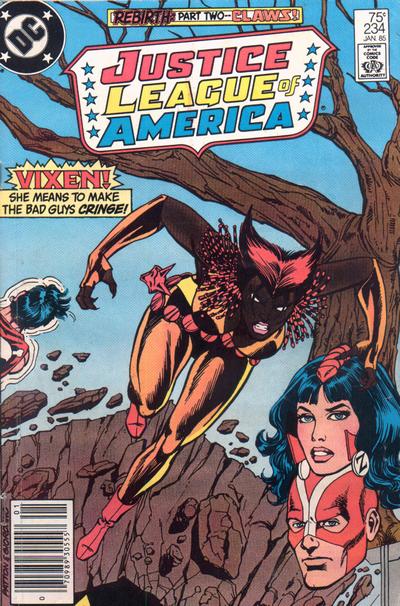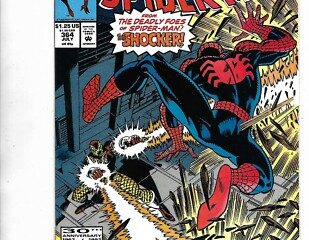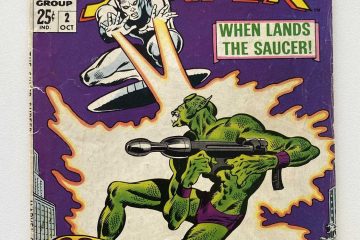The Evolution and Impact of the Justice League

Introduction
The Justice League, a team of iconic superheroes from DC Comics, has become a cultural phenomenon since its debut in the 1960s. Comprising legendary characters such as Superman, Batman, Wonder Woman, and the Flash, the Justice League represents the epitome of heroism and collaboration. This article delves into the developments of the Justice League in both comics and film, underscoring its relevance in contemporary society and popular culture.
Historical Context and Comic Evolution
The Justice League first appeared in Brave and the Bold #28 in 1960, created by writer Gardner Fox and artist Mike Sekowsky. Initially composed of seven heroes, the League was designed to promote teamwork among various superheroes, a concept that resonated with audiences, contributing to its enduring popularity. Over the decades, the Justice League has undergone numerous adaptations and reboots, reflecting societal changes and shifting interests in superhero narratives.
Film Adaptations and Their Reception
In addition to its comic book roots, the Justice League has made significant strides in film. After successful individual films such as The Dark Knight trilogy and Wonder Woman, the 2017 film Justice League attempted to bring the team together on the big screen. Despite mixed reviews, it achieved substantial box office success, garnering a loyal fanbase. The release of the 2021 “Snyder Cut” further revitalised interest in the film, receiving praise for its expanded narrative and character development.
Popular Culture Impact
The significance of the Justice League extends beyond entertainment. The characters have become symbols of hope and resilience, often referenced in various forms of media, including TV shows, video games, and merchandise. The Justice League’s message—unity in diversity—resonates with global audiences, promoting the importance of collaboration in facing challenges. Additionally, social themes present in Justice League narratives have sparked conversations about morality, justice, and responsibility.
Conclusion
As the Justice League continues to evolve through new comic storylines and film projects, it remains a vital part of popular culture. Its ability to adapt to societal changes while maintaining core themes of justice and teamwork ensures its relevance in modern storytelling. Fans can anticipate upcoming projects, further shaping the legacy of this iconic group of heroes, as new generations discover the tales of the Justice League, reinforcing the notion that heroes exist not only in fiction but in everyday life.









